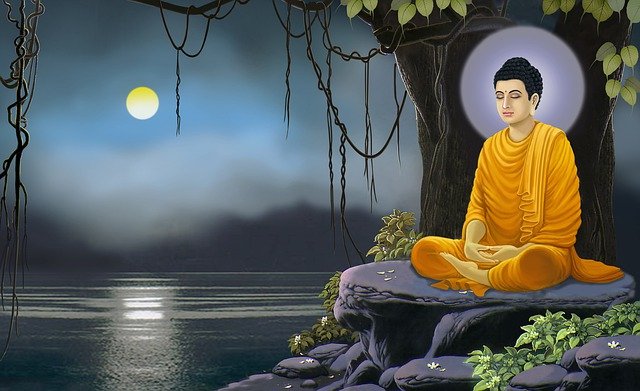Orchha Monuments | UPSC | Why In The News ?
Gwalior, Orchha in Madhya Pradesh get UNESCO recognition
The architectural heritage of Orchha has been included in UNESCO‘s tentative list of world heritage sites following a proposal sent by the Archaeological Survey of India (ASI) to the U.N. body.
About Orchha Monuments :
- Orchha is a town in Madhya Pradesh .
- which depicts a peculiar style of the Bundela dynasty.
- Orchha is situated on the banks of the Betwa River.
- It was built by King Rudra Pratap Singh of Bundela dynasty in the 16th century.
- The ancient town is famous for its Chaturbhuj Temple, Orchha fort complex, Raja Mahal among others.
- Orchha is also famous for its two elevated minaret called Saavan and Bhadon
About Betwa River :
- The Betwa is a river in Northern India, and a tributary of the Yamuna.
- It rises in the Vindhya Range just north of Hoshangabad in Madhya Pradesh
- It flows northeast through Madhya Pradesh and Orchha to Uttar Pradesh.
- Nearly half of its course, which is not navigable, runs over the Malwa Plateau.
- The Rajghat Dam is an inter-state dam project of the governments of Madhya Pradesh and Uttar Pradesh under construction on the Betwa River about 14 km from Chanderi in Madhya Pradesh and 22 km from Lalitpur in Uttar Pradesh.
Other Famous Things : Suranga Bawadi | UPSC
Its four palaces
- Jahangir Palace
- Raj Mahal
- Sheesh Mahal
- Rai Praveen Mahal
- It Is also Famous for its concept of open bungalows, stone work windows, and animal statues depicting the culture of Bundelkhand.
Lord Rama Worshipped :
- It is the only place in India where Lord Rama is worshipped as a king with a dedicated temple in his name called Sri Ram Raja Mandir.
About Gwalior :
- Gwalior was established in the 9th century.
- It was ruled by Gurjar Pratihar Rajvansh, Tomar, Baghel Kachvaho and Scindias.
- The memorabilia left by them is found in abundance in memorials, forts and palaces in the area.
- It is known for its palaces and temples, including the intricately carved Sas Bahu Ka Mandir temple.
- The Gwalior Fort occupies a sandstone plateau overlooking the city and is accessed via a winding road lined with sacred Jain statues.
- Within the fort’s high walls is the 15th-century Gujari Mahal Palace, now an archaeological museum.







